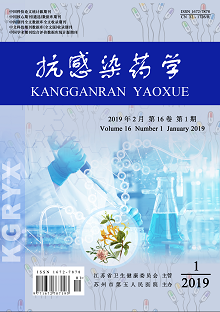YI Ling, WEN Li-fang, ZENG Hai-jiang, HUANG Yubo, LU Zhao-ping
Objective: To study the influence of glucocorticoid (GC) on bone metabolism in children with primary nephrotic syndrome (PNS). Methods: Data of 36 children with PNS admitted from June 2016 to December 2017 were selected and included in the observation group, and glucocorticoid therapy was given. The data of 36 healthy children admitted in the same period were included in the control group. The differences in bone metabolism indexes (BGP, PTH, 1,25-(OH)D and BALP) between the two groups were compared, as well as the differences in clinical total effective rate between the observation group after treatment were also compared. Results: The total effective rate of children in the observation group after GC treatment was 83.33(16/36). Compared with the control group, the values of BGP and PTH in the observation group were significantly higher than those in the control group at each treatment stage, while the values of BALP, 1,25 -(OH)D were significantly lower than those in the control group (P<0.05). Compared with the control group before GC treatment, the BGP, PTH and 1, 25 -(OH)D values of the observation group were significantly higher than those of the control group after the urine protein turned negative and the sustained remission reached 5 months, while the BALP was significantly lower than that of the control group (P<0.05). BGP, PTH and 1, 25-(OH)D values in the observation group were significantly higher than those in the control group, while BALP was significantly lower than that in the control group (P<0.05). Conclusion: Children with PNS had abnormal bone metabolism, which was affected by glucocorticoid therapy, leading ing in increased BGP, PTH and 1, 25 -(OH)D levels, while significantly decreased BALP levels.
